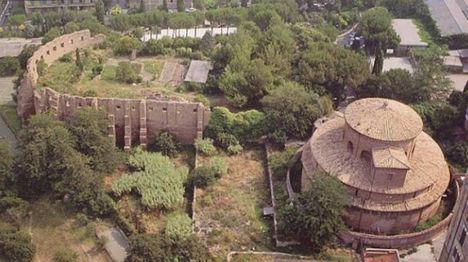Szeretettel köszöntelek a Róma Közösségi Oldal nyitólapján!
Csatlakozz te is közösségünkhöz és máris hozzáférhetsz és hozzászólhatsz a tartalmakhoz, beszélgethetsz a többiekkel, feltölthetsz, fórumozhatsz, blogolhatsz, stb.
Ezt találod a közösségünkben:
- Tagok - 1631 fő
- Képek - 5002 db
- Videók - 1358 db
- Blogbejegyzések - 6828 db
- Fórumtémák - 223 db
- Linkek - 1284 db
Üdvözlettel,
Huszákné Vigh Gabriella
Róma Közösségi Oldala vezetője
Amennyiben már tag vagy a Networkön, lépj be itt:

















Kommentáld!